Rising Demand for Renewable Energy
The increasing The Wind Turbine Protection Industry. As nations strive to meet their energy needs sustainably, the deployment of wind energy systems has surged. According to recent data, wind energy capacity has expanded significantly, with projections indicating a compound annual growth rate of over 10% in the coming years. This growth necessitates robust protection solutions for wind turbines to ensure operational efficiency and longevity. The Wind Turbine Protection Market is thus positioned to benefit from this trend, as manufacturers and operators seek advanced protective measures to mitigate risks associated with environmental factors and mechanical failures.
Growing Awareness of Climate Change
The escalating awareness of climate change and its impacts is driving the Wind Turbine Protection Market. As public consciousness regarding environmental issues rises, there is a corresponding push for cleaner energy solutions, including wind power. This societal shift is prompting governments and organizations to prioritize investments in renewable energy infrastructure. Consequently, the demand for wind turbines is expected to increase, along with the need for effective protection strategies to ensure their resilience against climate-related challenges. Market trends suggest that this heightened awareness will likely lead to a more robust Wind Turbine Protection Market, as stakeholders seek to implement protective measures that align with sustainability goals.
Stringent Environmental Regulations
The implementation of stringent environmental regulations is influencing the Wind Turbine Protection Market. Regulatory bodies are increasingly mandating compliance with environmental standards, which necessitates the adoption of protective measures for wind turbines. These regulations often focus on minimizing ecological impacts and ensuring the sustainability of wind energy projects. As a result, operators are compelled to invest in advanced protection technologies to meet these requirements. Market analysis indicates that adherence to these regulations could enhance operational efficiency and reduce liability risks, thereby fostering growth within the Wind Turbine Protection Market as stakeholders seek to align with regulatory expectations.
Technological Advancements in Turbine Design
Innovations in turbine design are reshaping the Wind Turbine Protection Market. Enhanced materials and engineering techniques have led to the development of more resilient turbines capable of withstanding extreme weather conditions. For instance, the introduction of composite materials has improved the durability and performance of turbine blades. As a result, the demand for specialized protective solutions, such as coatings and structural reinforcements, is likely to increase. Market data suggests that the integration of these advanced technologies could lead to a reduction in maintenance costs by up to 20%, further driving the need for effective protection strategies within the Wind Turbine Protection Market.
Increasing Investment in Wind Energy Projects
The surge in investments directed towards wind energy projects is a significant catalyst for the Wind Turbine Protection Market. Governments and private entities are allocating substantial funds to develop new wind farms and upgrade existing facilities. Recent statistics indicate that investment in wind energy has reached unprecedented levels, with billions of dollars committed annually. This influx of capital not only accelerates the deployment of wind turbines but also amplifies the demand for protective solutions to safeguard these assets. As project developers prioritize risk management, the Wind Turbine Protection Market is likely to experience robust growth, driven by the necessity for comprehensive protection measures.


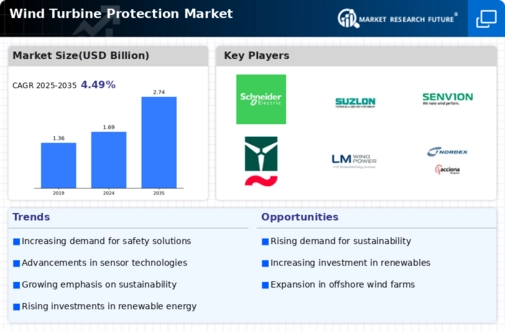


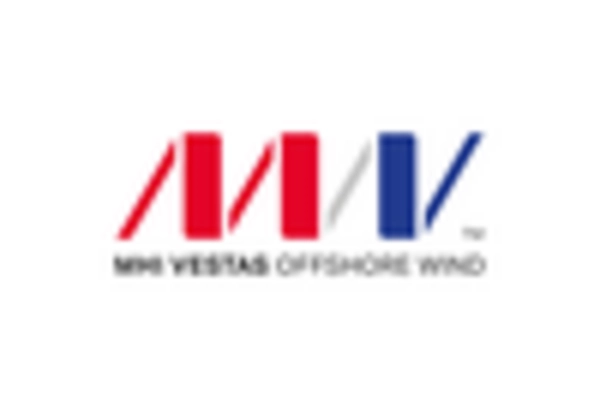
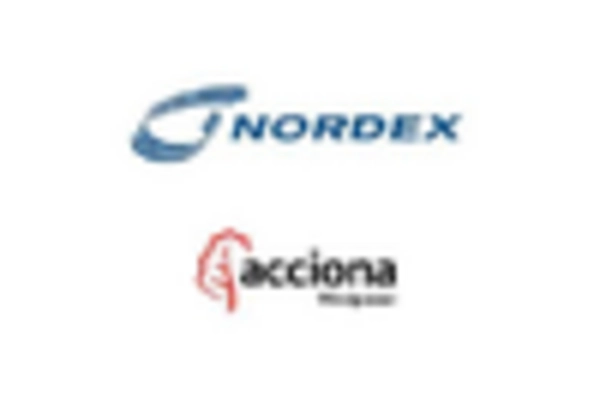
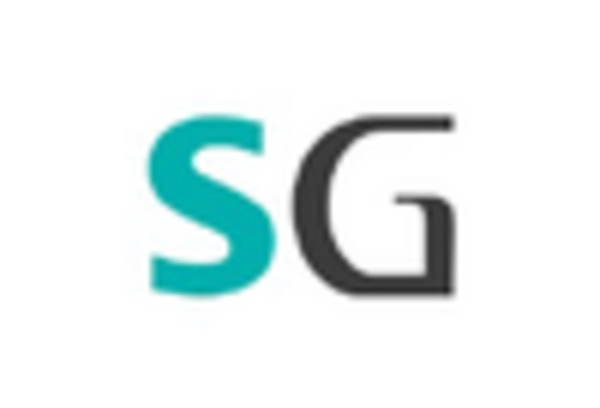
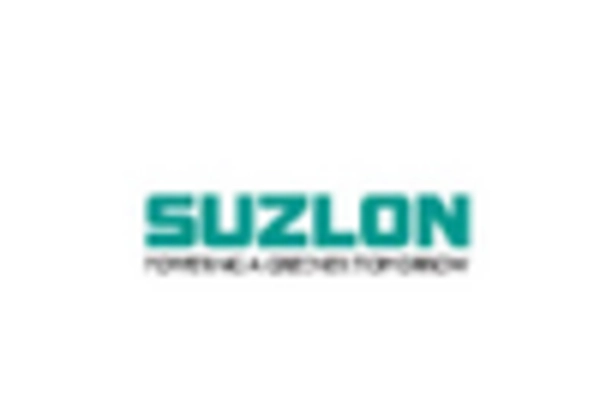
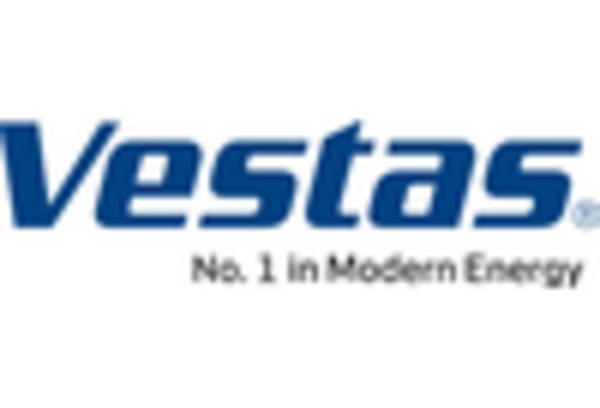








Leave a Comment